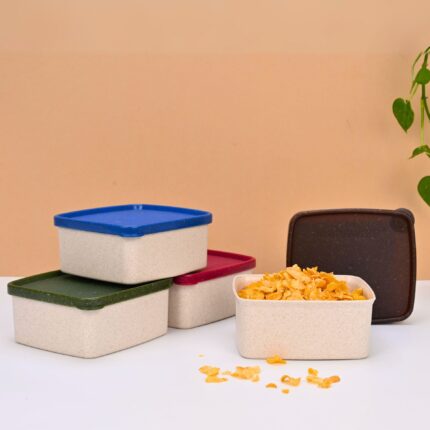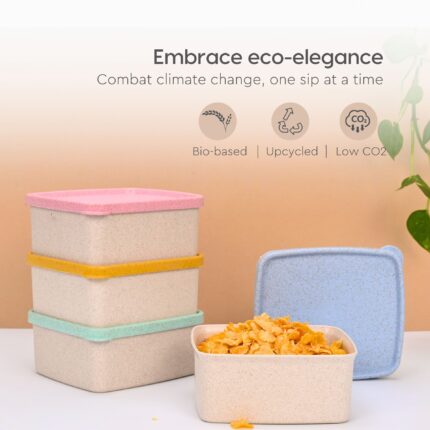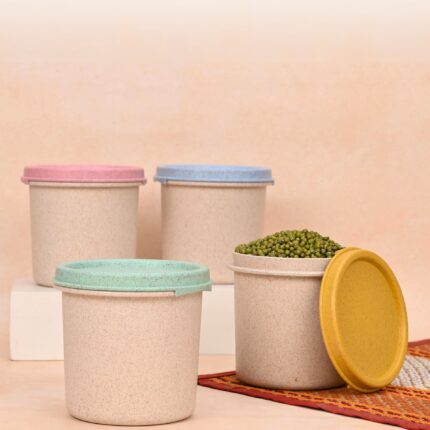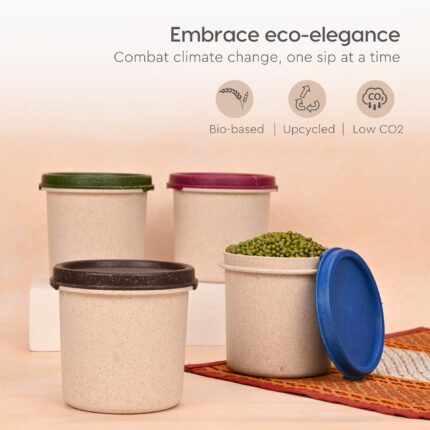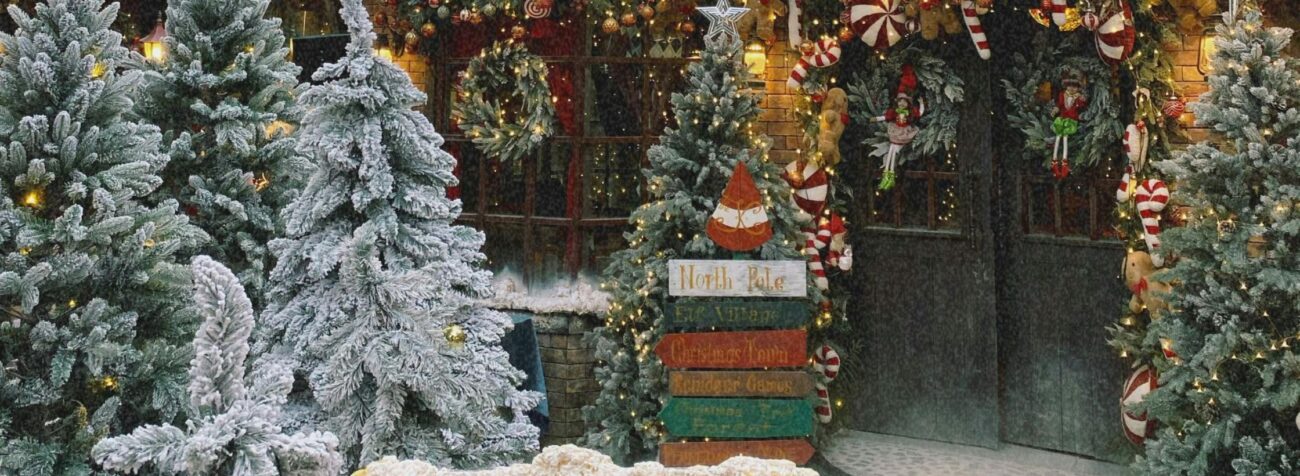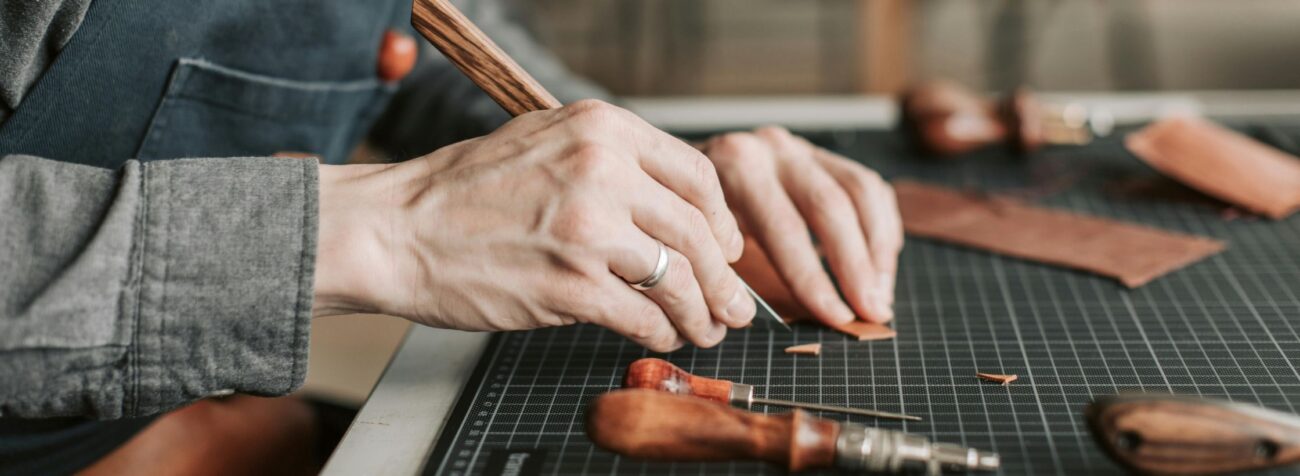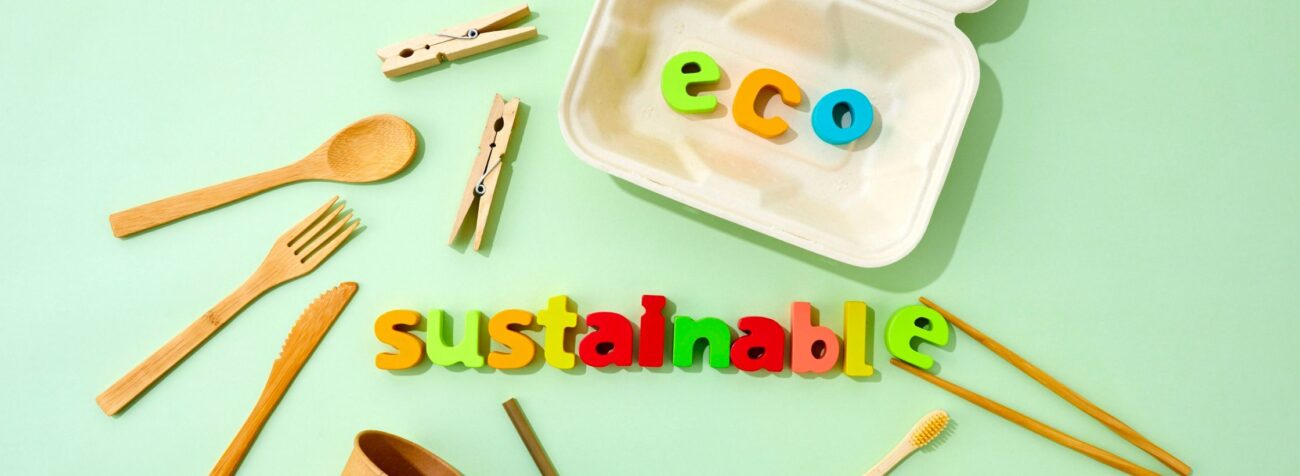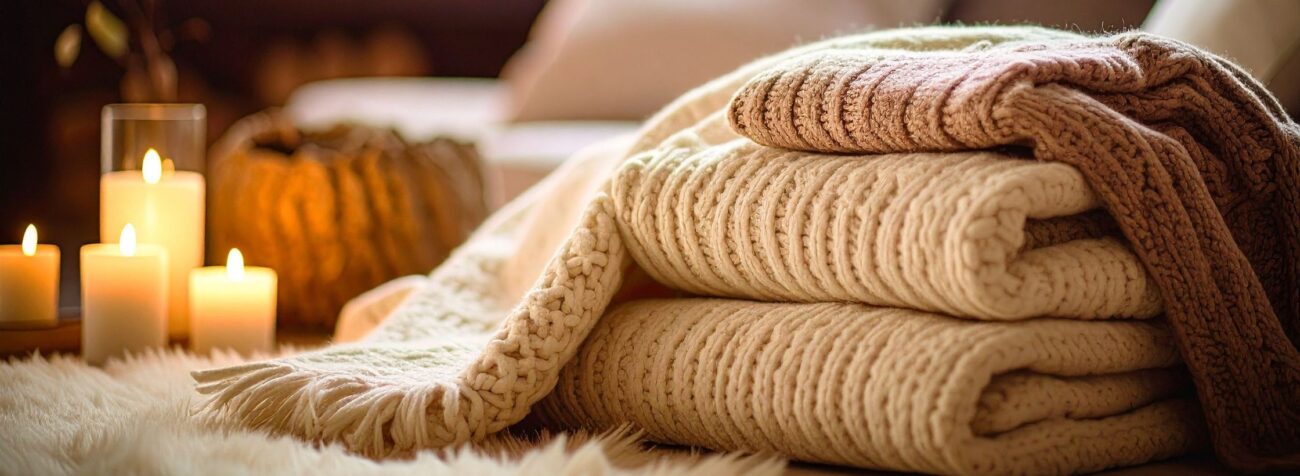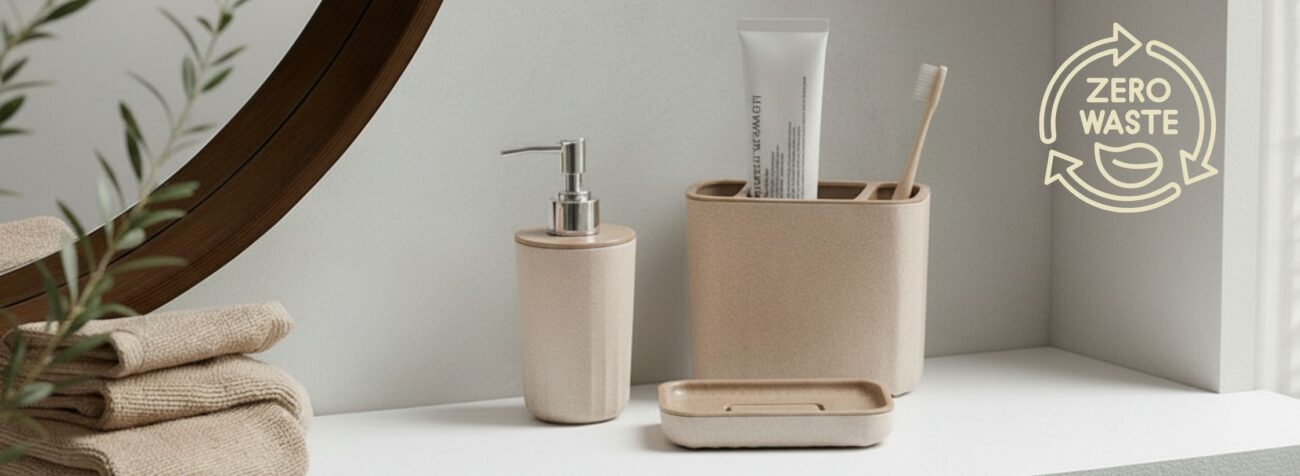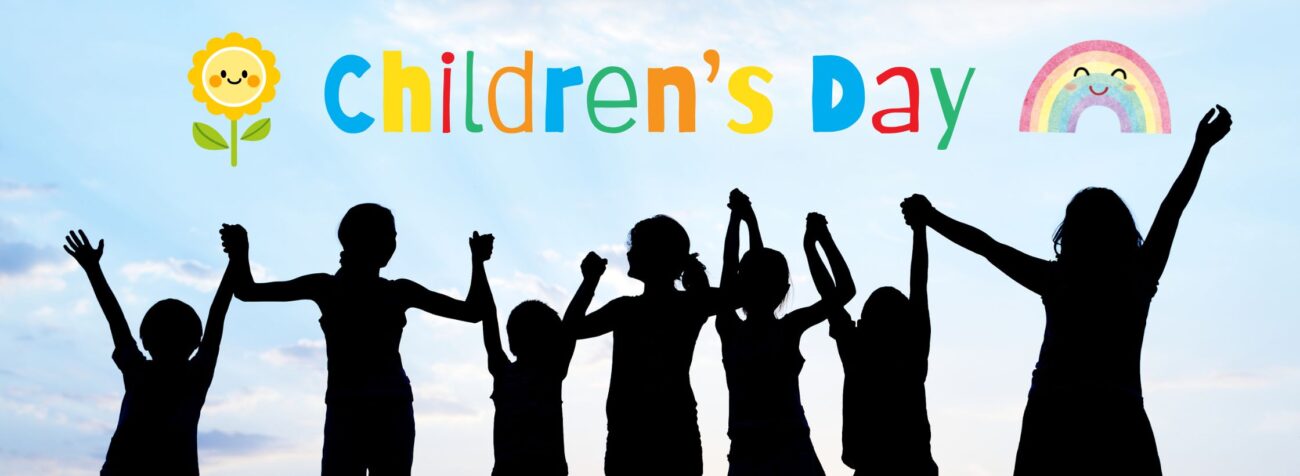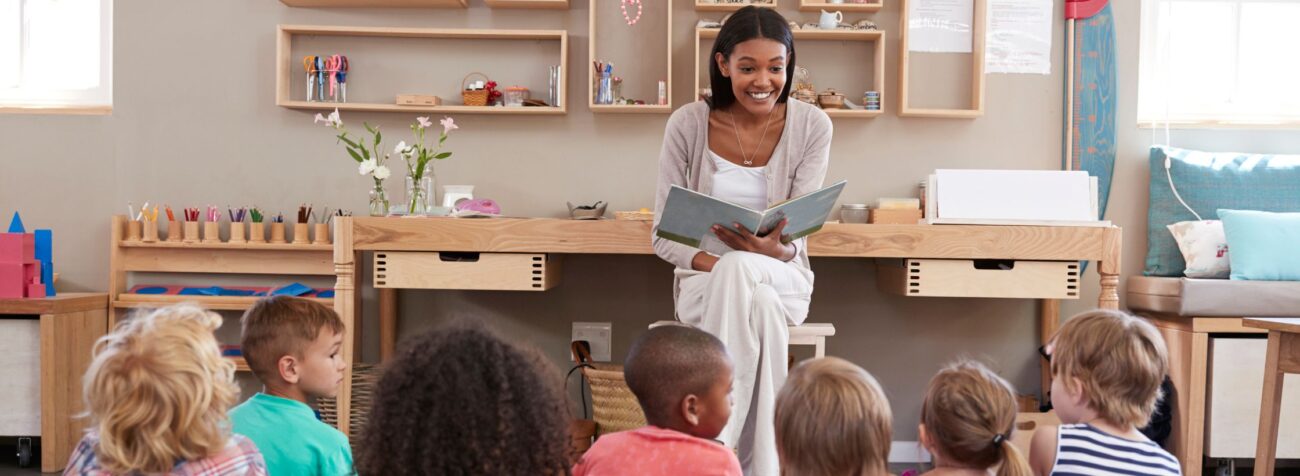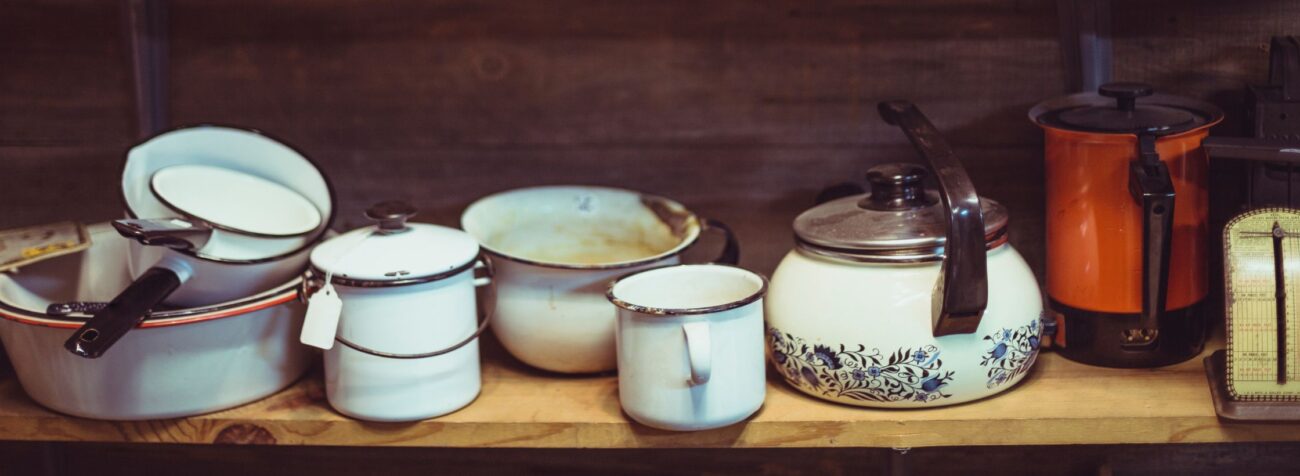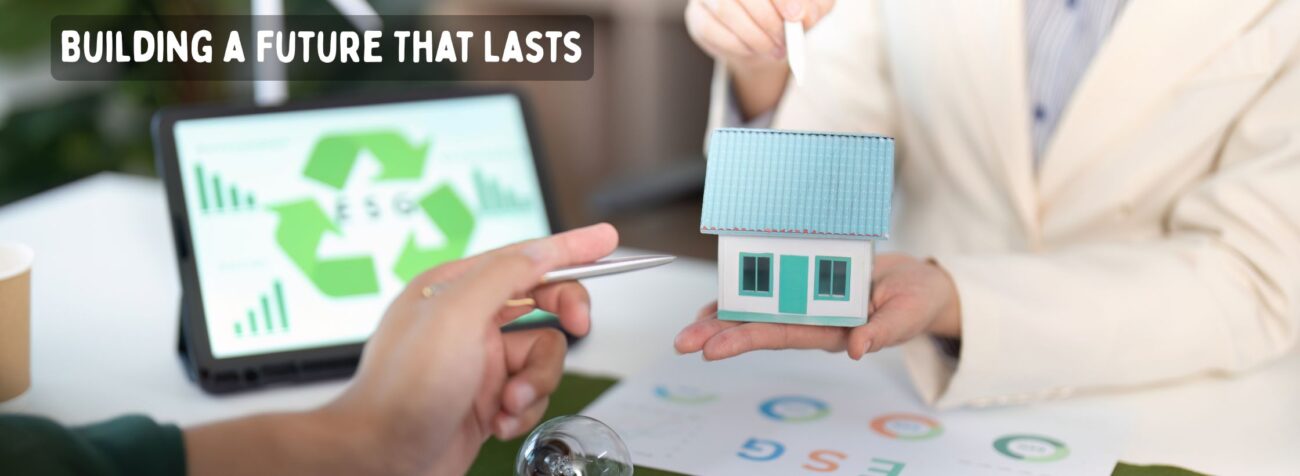Traditional Containers: Tupperware Dabba With a Modern, Green Twist
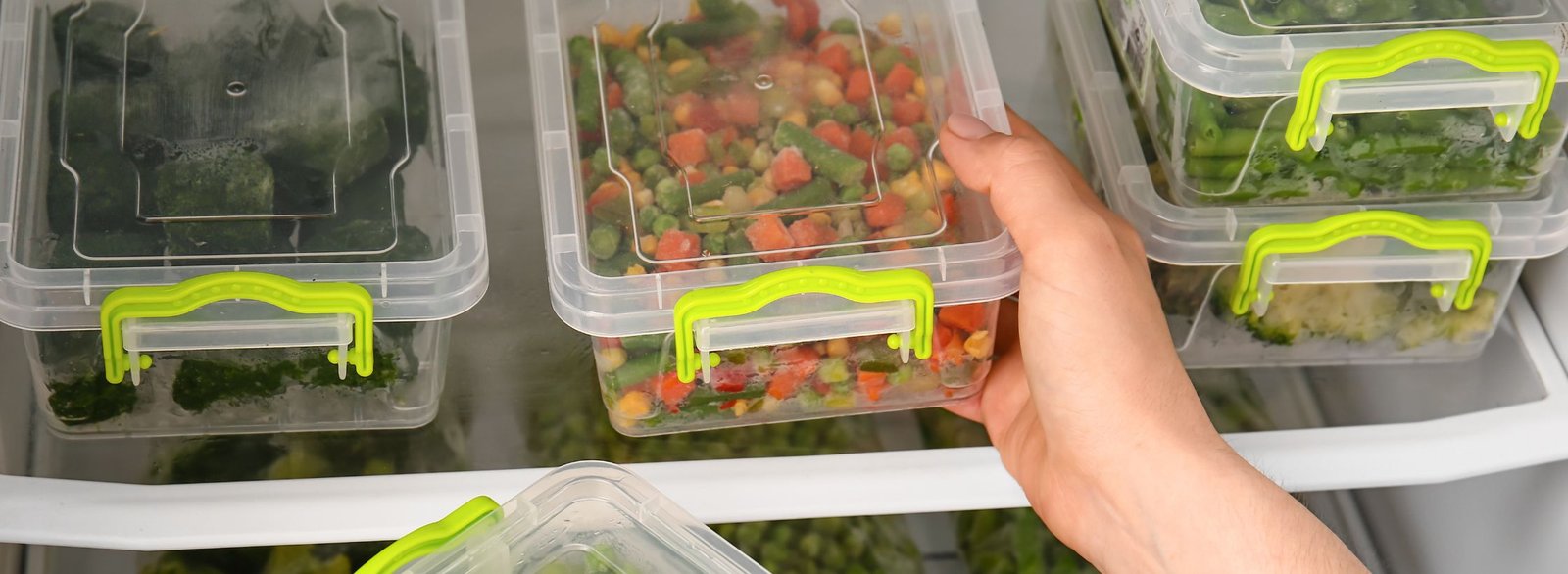
Traditional Containers: Tupperware Dabba With a Modern, Green Twist
Why the Classic Tupperware Dabba Still Works, But Needs a Modern Upgrade
Here’s the thing: there’s a reason why Tupperware dabba has been in every home for such a long time. Those containers are a lifesaver for storing food or keeping leftovers fresh and pantry essentials organized. But the flip side is that they are usually made of plastic, which is not the most friendly to the earth. So how do you keep the best part of the kitchen container, i.e., its reliability, without harming the planet?
Well, that’s where the modern, green twist comes into the picture. Now, with sustainable materials such as bamboo, recycled plastic, or even glass used to make Tupperware dabbas, you get all the same durability and convenience, but with much less waste.
Sustainability Meets Functionality: Why the New Tupperware Dabba Rocks
True, the classic Tupperware dabba was way ahead of its time, but now we see a whole new wave of kitchen containers designed with the environment in mind. Instead of the usual plastic, today’s containers are crafted from materials that are either biodegradable or can be recycled. So, you get the convenience of storing your food, but in a way that won’t leave a negative impact on the environment.
Bamboo-based Dabbas: These are some of the environment friendly products. Bamboo is a rapid grower and consumes very less water, making it a good alternative to the plastic dabbas.
Glass Containers: Glass containers are free from chemicals and can be reused. Also, they are fully recyclable, which means they do not add to the carbon footprint.
Recycled Plastic: There are some modern Tupperware dabbas made from recycled plastics, thereby cutting down on new plastic production and keeping our oceans clean.
The secret to these redesigned containers is that they retain all the reliability and functionality you enjoy, but now, they also assist in helping to reduce your kitchen’s waste footprint.
Choosing the Best Kitchen Container for Your Needs
Now that you’re probably excited about these new, green containers, let’s talk about how to choose the perfect one. Picking the right kitchen container is more than just about size and shape; it’s about choosing one that fits your lifestyle while aligning with your eco conscious values.
Here’s what to consider when shopping for your next Tupperware dabba:
1. Material is Everything: Opt for BPA-free containers made from sustainable materials like bamboo or glass. These are free from harmful chemicals and keep your food safe. Avoid cheap plastics that can leach harmful substances into your food over time. Glass is especially great for storing liquids like soups or sauces.
2. Capacity & Size: If you’re storing big meals or leftovers, you’ll need larger kitchen containers. Make sure the size fits your portion needs. For organizing pantry staples like grains, flours, or spices, look for a variety of sizes. Small to medium dabbas are best for these items.
3. Leak-Proof Lids: A container without a tight-fitting lid is just an invitation for a mess. Look for Tupperware dabba with airtight, leak-proof lids to prevent spills, especially when transporting food.
4. Stackability: If you have a small kitchen, then opt for kitchen containers that can be stacked. This will help you make the most of your storage space.
The Eco-Friendly Impact of Modern Kitchen Containers
We all know how wasteful it can be to throw out a Tupperware dabba every time it gets a little cracked or scratched. The beauty of kitchen containers made from sustainable materials is that they are designed to last. Not only will you save money in the long run, but you’re also doing your part to reduce waste. Here’s how:
Reducing Plastic Waste: By switching to bamboo, glass, or recycled plastic containers, you’re reducing single-use plastics with a long-lasting, harmful effect on our environment. Most of these newer Tupperware dabbas are biodegradable or recyclable and will make it an excellent addition to your green lifestyle.
Supporting Circular Economy: You’d know that some kitchen containers today are made from upcycled materials, such as old bottles or cans. The whole concept of circular economy is about waste reduction, material reuse, and keeping things in circulation. By choosing these products, you will be contributing to a more sustainable, green approach to production and consumption.
Sustainability Beyond the Kitchen: It’s easy to overlook how small choices like using a sustainable Tupperware dabba can affect the bigger picture. Many brands that produce these eco-friendly containers also focus on ethical sourcing, fair trade practices, and reducing their carbon footprint during production. By supporting these companies, you’re investing in a future that prioritizes both people and the planet.
Fun Ways to Use Your Sustainable Kitchen Containers
Sure, Tupperware dabba and kitchen containers are basically meant for food storage, but there are a number of fun, creative ways to make use of them around the house:
As a Gift: Fill a cute bamboo container with homemade treats, like cookies or jams, and give them as a thoughtful, sustainable gift.
In the Office: Use smaller containers for snacks, pens, or office supplies. These containers look stylish while keeping your workspace tidy.
In the Garden: Use glass or bamboo containers as plant pots. They are eco-friendly and help create a mini garden at home.
Wrapping It Up
When purchasing a Tupperware dabba or kitchenware container, take into consideration aspects beyond mere convenience and storage space. Modern and eco-friendly Tupperware options help not only create a greener environment but are also durable, fashionable, and sustainable. Your choice of either bamboo, glass, or any other recycled product ensures that with these new products, you now have all that practicality attached to the regular Tupperware dabba and add a much-needed modern twist to it in a green and eco-friendly direction.
So, good riddance to disposable plastic and hello to filling our homes with containers built to last—and built with the planet in mind. Because at the end of the day, sustainable product choices aren’t just about what’s in your kitchen, but the kind of world you want to build for the future.
Shop now for sustainable Tupperware dabbas and kitchen containers that combine convenience with responsibility!
Visit eha’s range of ecofriendly storage containers to choose from products made with biocomposite materials using crop-waste such as rice husk, bamboo fibers and coffee husk.
If you are looking at developing new range of earth friendly containers for your home, speak to experts at Mynusco.









